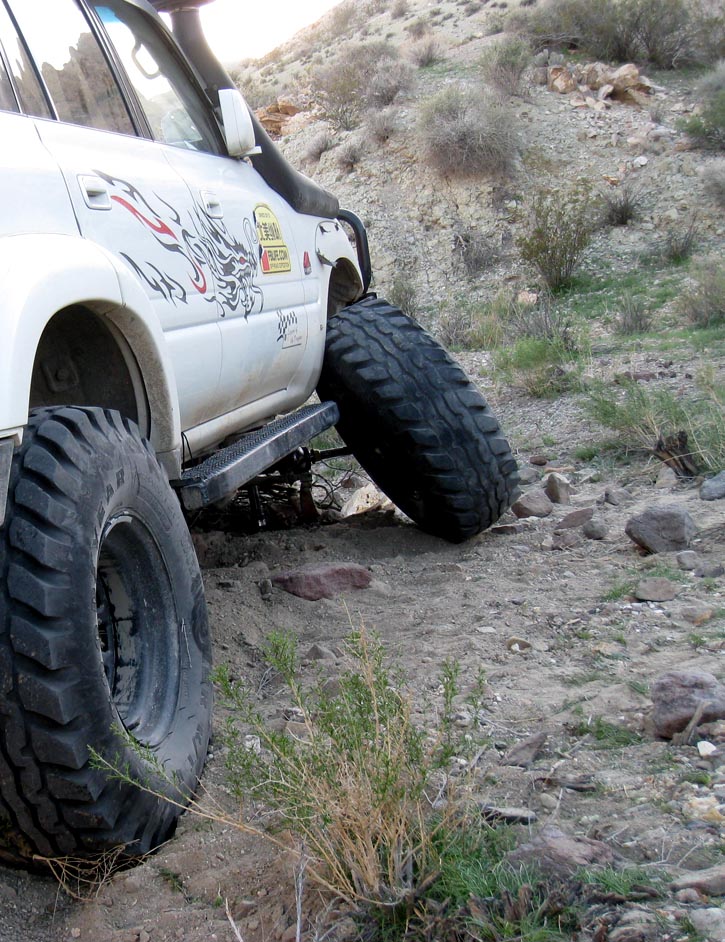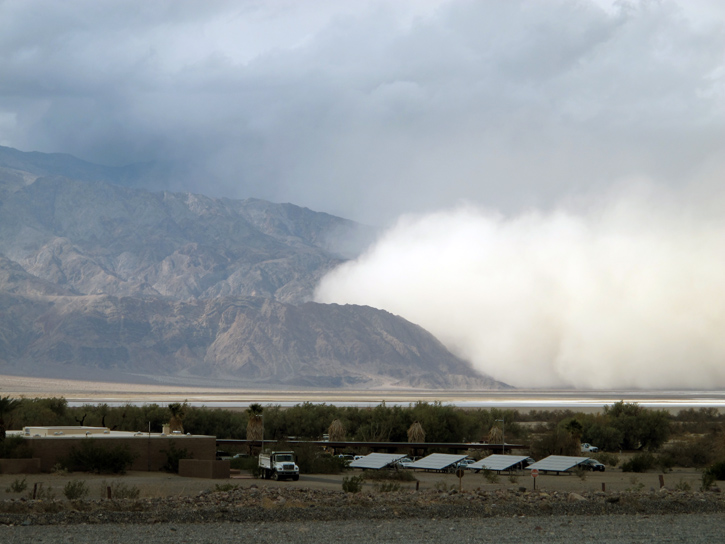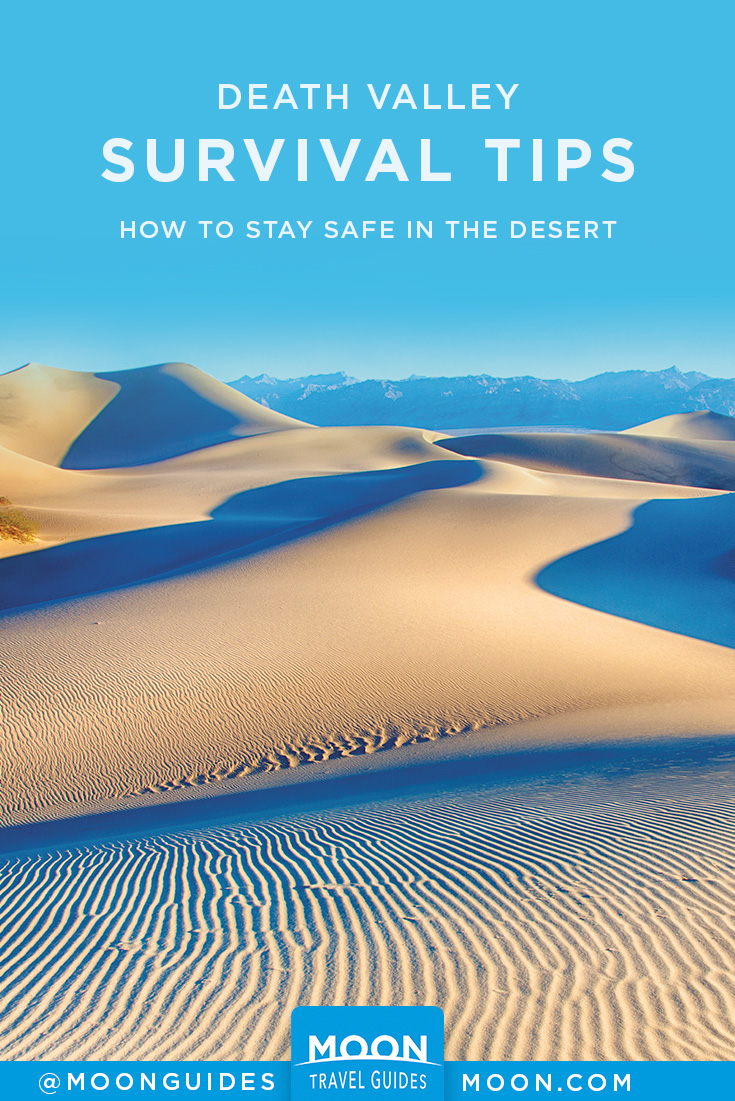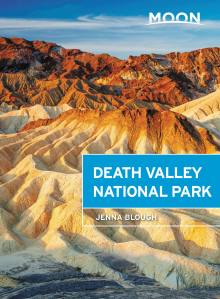Death Valley Desert Survival Tips
Death Valley’s vast spaces, remote roads, and weather extremes can create potentially risky situations, but traveling is not any more dangerous than in other national parks if you are prepared for the unique environment. Know what weather to expect and where you’re going, and be prepared for the unexpected.
Tell Someone Where You Are Going
Whether you’re hiking, driving, or a combination, make sure you tell someone where you are going and when to expect your return. Death Valley covers a huge area, and in the event that you are stranded, the search effort can be pinpointed. For hiking or backcountry camping, obtain a voluntary backcountry permit from the ranger station.
Bring Supplies
Temperatures can fluctuate 40 degrees between day and night. Bring a sleeping bag or emergency blanket even if you do not plan to be out overnight. Pack appropriate clothing for a range of temperatures, and be prepared for cold temperatures at night. Always bring extra water and extra nonperishable food that does not have to be cooked. GPS navigation is notoriously unreliable in the park. Be prepared with a paper map or an electronic offline map and a charger. Cell phones do not work in the park. Be prepared to survive until help arrives if you are stranded.

Vehicle Breakdowns
Sharp rocks, long bumpy roads, and heat can cause your vehicle to break down. Always drive with a full-size spare tire. A fix-a-flat tire kit may also be helpful. Getting two flat tires is not an unheard of situation on Death Valley’s back roads. If you are stranded, stay with your car until help arrives. It is much easier to spot a big metal car that flashes in the sunlight than a person walking. Also, it is dangerous to overexert yourself in the heat of Death Valley, so hiking out to safety is not generally the best option. Be prepared with extra supplies including food, water, and warm clothes.

Windstorms
The wind can be a relentless companion in Death Valley, especially in spring, with nights generally windier than days. Wind can be a minor irritant or it can seriously impact your visit and create potentially dangerous situations. At times, wind can descend in the form of a windstorm preceded by a cold front. There may be very little warning, and a dark cloud may be the only indication that a windstorm is approaching. Always stake tents and secure other camp belongings such as camp chairs. Windstorms can create whiteout conditions with serious visibility limitations. If you are driving, use headlights and be prepared to pull over if visibility becomes limited to the degree that driving is dangerous.
Related Travel Guide
Pin For Later

